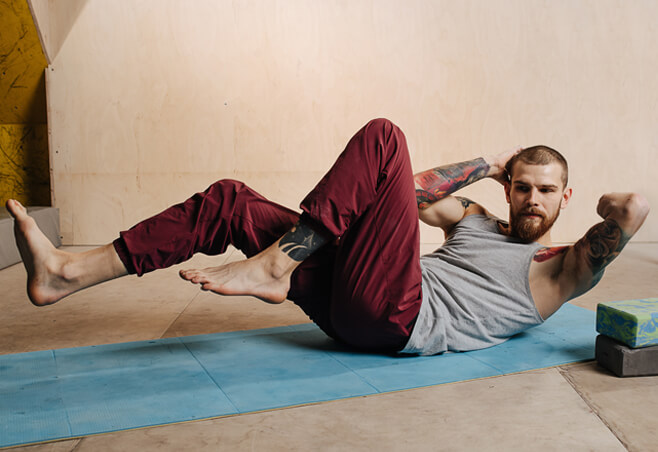Targeted muscle reinnervation for the hand
(TMR)
Those who lose a limb often have intense pain that seems to be coming from the part of the body that’s no longer there. Even with daily medicine, drugs can only mask the pain, but not cure it. Pain following amputation affects many patients. It is caused by many factors, but much of it is related to the development of neuromas (disorganized and painful nerve endings) stemming from the trauma or surgery.
When severed nerves send signals to an area that’s no longer there, common side effects can be phantom limb sensations, phantom limb pain or generalized pain in the extremity. Phantom limb pain affects a large percent of amputees.
For the nearly two million Americans who have lost a limb, relearning how to perform simple tasks with a prosthetic takes time and patience. For a lot of amputees, this can be virtually impossible due to constant pain caused by severed nerves.
Targeted Muscle Reinnervation (TMR) brings amputees relief and helps them get back to their daily lives. TMR was initially developed to work with new technology in bio-prosthetic limbs, but surgeons noticed that amputees who had TMR surgery also reported a significant reduction in both neuroma and phantom limb pain.
TMR connects amputated nerves to nerve branches of a nearby muscle group, creating new connections and giving those previously disconnected signals somewhere to go. TMR tricks the brain into thinking that the amputated part is still there because the nerve that was going to that part has something to do again. When TMR was performed at the time of amputation, researchers found that a small percentage of patients reported pain six months later.
Besides reducing pain, new advancements in artificial limbs include sensors that can actually read those new nerve connections created during TMR surgery. It allows amputees to move their prosthetics with more variables.
TMR for arm amputees reassigns nerves, giving an amputee the opportunity to use a prosthesis that allows for elbow, wrist, and hand movements. The procedure is performed differently depending on the type of arm amputation. TMR is paired with extensive rehabilitation enabling the patient to learn how to use the advanced prosthesis.
The goal of TMR for the upper extremity is to achieve a higher level of function and more precise control, especially in upper extremity amputations at the elbow or higher. Coordinating motions such as elbow flexing and hand gripping are possible with TMR.
The treatment of symptomatic neuroma pain after upper or lower extremity amputation has historically been to cut out (resect) the tissues including the nerves. Targeted Muscle Reinnervation (TMR) was developed initially for improved prosthesis control but has since shown promising results in the treatment of neuromas – growths or tumors of nerve tissue. With TMR, the nerves are transferred into small nerve branches of the muscles allowing the amputated nerves the opportunity to connect into the transferred muscle.
Video examples about TMR and prosthetics:

